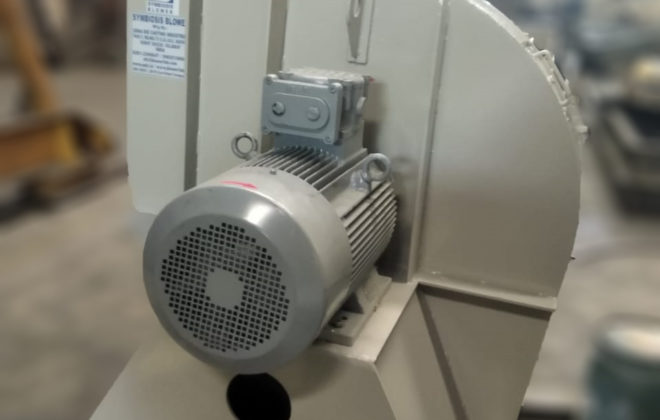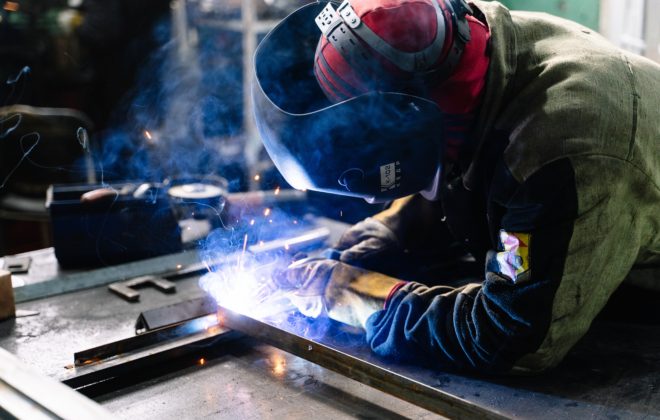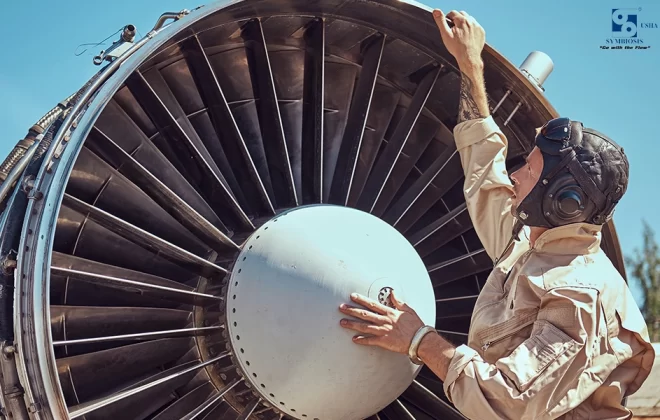How to Identify a Quality Bag Filter?
Air pollutants are generated by nearly every facet of the industrial process, be it raw material sourcing, product manufacturing, maintenance and repair services, or distribution. And which results in increasing the average global temperature, decreasing atmospheric visibility, diminishing air quality, and affecting human health.
Hence implementing the necessary and proper air pollution control equipment (i.e. Bag filter) and systems is a need of hours to avoid any kind of repercussions. Consequently, there are several different types of air pollution control equipment available for air pollutants produced by numerous sources across a wide range of industries.
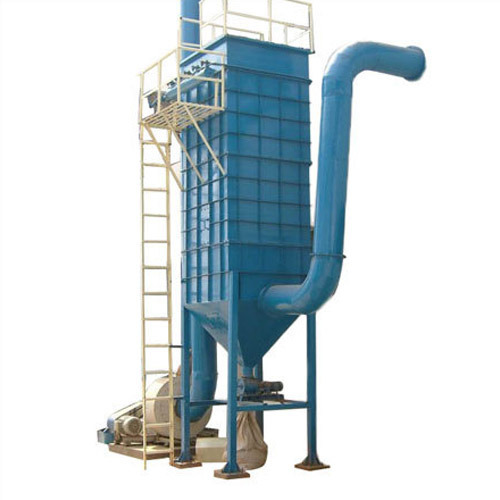
About Bag Filter:
Bag filters are one such air pollution control equipment which is one of the most efficient, reliable, and cost-effective methods of gas stream filtration. It functions through interception and the prevention of particle movement. Since the bag filter systems utilize mechanical forces for dust collection, sensitivity to coal or ash properties is lower. This has made the bag filter / Bag House systems gain worldwide acceptance in boilers cleaning and reduction of air pollution. Factors causing separation include diffusion, electrostatic attraction, and gravity. The efficiency of the systems is affected by various factors.
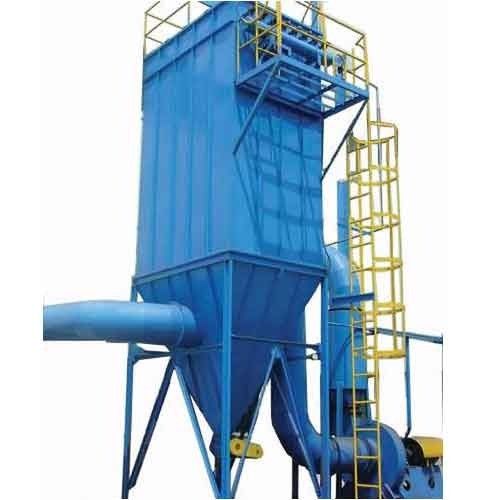
To assist our customers, we at Usha Die Casting Industries have listed out key considerations to help you select the right bag filter that matches your specific needs while enhancing the dust collection performance.
Air-to-Cloth Ratio
Air-to-Cloth Ratio means ‘How much air volume is handled versus how much cloth area is available in the baghouse’. It is one of the most important factors to consider in the design and operation of a baghouse. For the bag filter to capture the dust from the airstream the unit must have a sufficient number of filters. As you push more air through the same amount of filter material the collection efficiency goes down. Hence maintaining an adequate air to cloth ratio enables the bag filer to operate at its peak efficiency.

Airflow in Cubic Feet per Minute (CFM)
To measure ‘How much air the system moves?’ Determine CFM required by consulting with the equipment OEM or by using industry-best practice methods. (Consult a dust collection expert experienced in the specific application for advice.)
Vacuum Pressure (Suction) and Static Pressure (Static Resistance)
A measurement of resistance generated by the ductwork and the filters in the baghouse, which is measured in inches of water gauge. It must be calculated to determine how much vacuum pressure is needed for the system to function. The system fan must supply enough suction to pull the materials from the collection point(s) all the way through the ductwork to the baghouse and then through the filters and out to exhaust.
Air Velocity and Minimum Conveying Velocity
To check if the system is carefully engineered to keep the airspeed within an acceptable range and eliminate the issues caused by High Air velocity or Low air velocity.
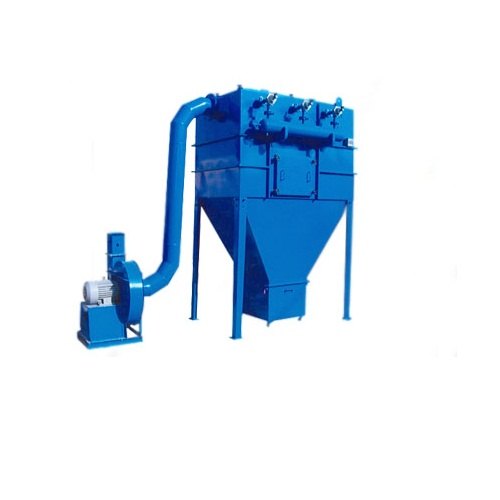
Choose correct Filer Media:
The performance of Bag filter is directly related to how well it can tolerate the environment in which it is being used. So check the media from which your filter bags will be constructed by keeping in mind certain factors like –
- Temperature your bag filer can withstand,
- Material for the filer will be used for,
- Withstanding the capability of your filter for the chemical makeup of the dust particles,
- Ability to resist the abrasion of the dust particles
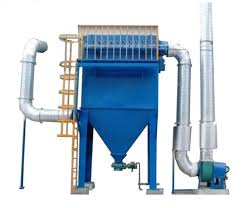
These are some of the most fundamental parameters to consider while selecting a baghouse.
However one must consult a qualified & experienced dust collection system OEM before purchasing a bag filer or making any design changes in the current baghouse. Get in touch with our experts to effectively estimate what kind of system will be the best for you.
Recent Posts
- How Industrial Fans Transform Ventilation Systems in Smart Factories
- How Centrifugal Blowers Help Optimize HVAC Systems in Large Facilities
- How Industrial Blowers Improve Air Quality and Safety in Factories
- How to Improve Cement Plant Performance with High-Efficiency Blowers and Fans
- SYMBIOSIS Blowerfab Delivers State-of-the-Art RC Fans to ArcelorMittal Nippon Steel India, Enhancing Industrial Efficiency


